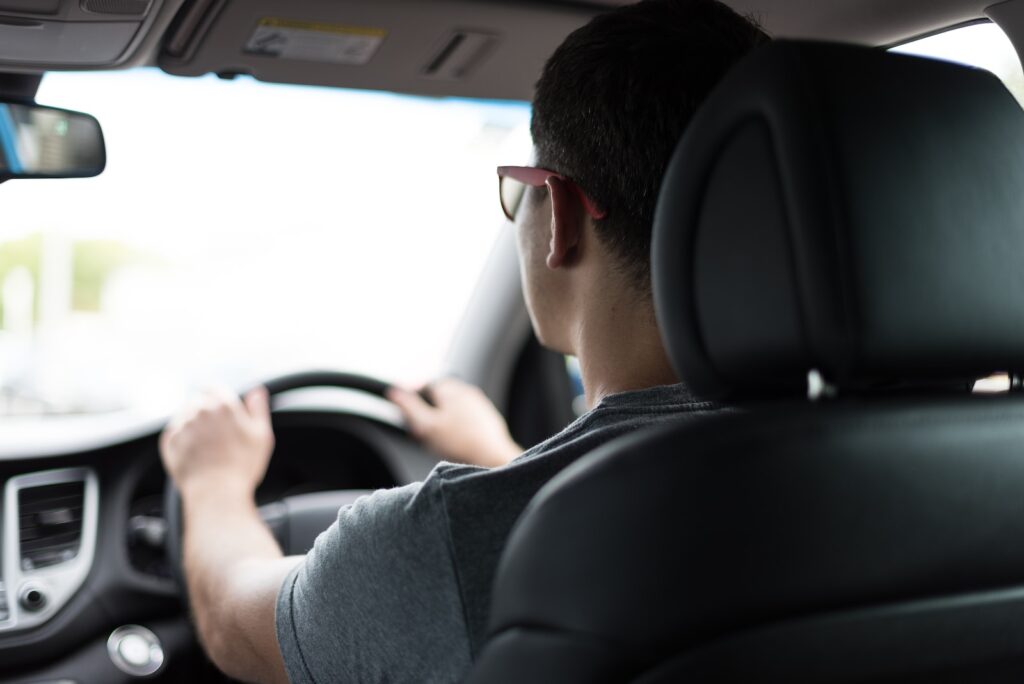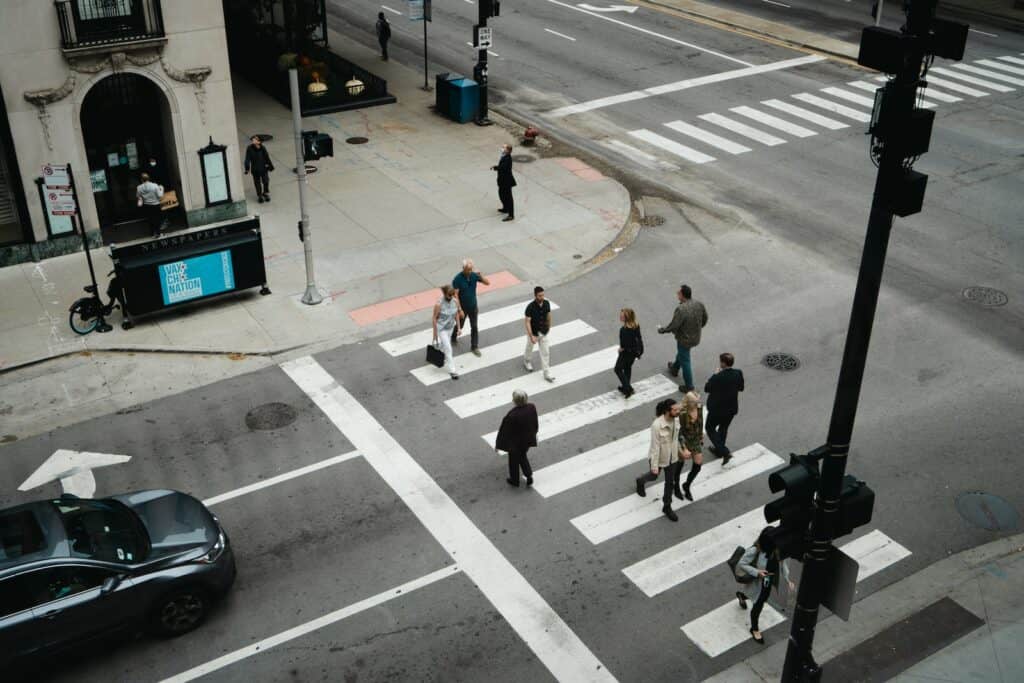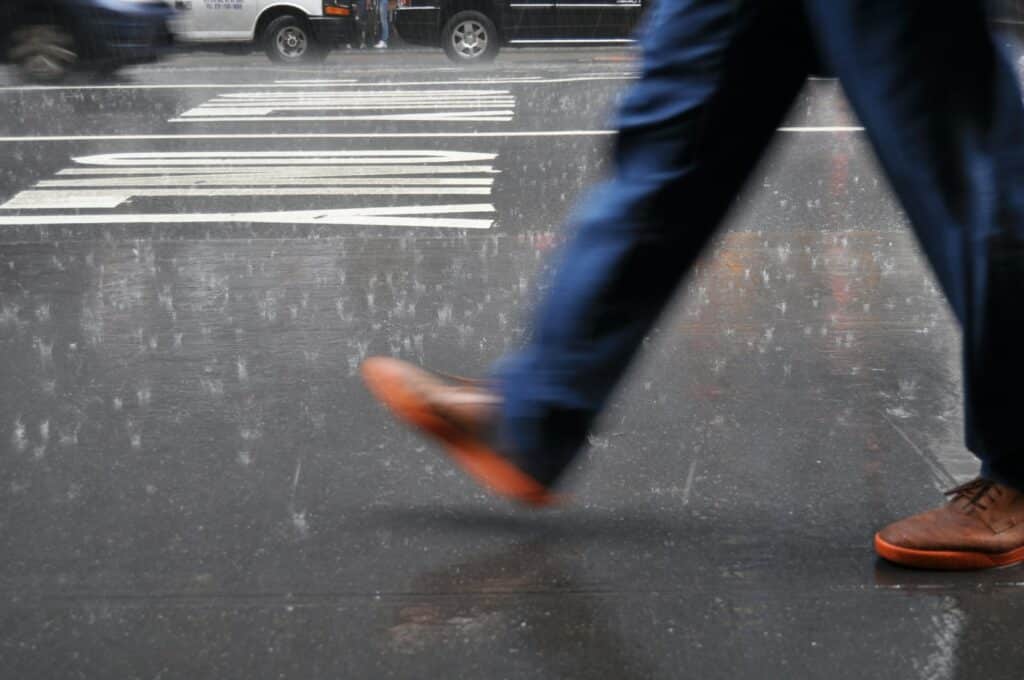When it comes to commuting, safety should always be a top priority. In the hustle and bustle of our daily lives, commuting safety tends to take a backseat, leaving us vulnerable to unforeseen dangers. Whether it’s the early morning darkness or the late-night journeys that make you feel uneasy, ensuring your well-being during these times is crucial. My mission is to equip you with the essential knowledge and strategies to navigate your commute with confidence and protect your precious well-being.
Whether you travel by car, public transportation, or on foot, taking precautions can make a significant difference in ensuring a secure journey. In this blog post, I will share nine essential commuting safety tips that will help safeguard your journey and protect your well-being.
Table of Contents
1. Plan Your Route
When it comes to commuting safety, one of the essential tips is to plan your route before setting out on your journey. Taking the time to plan in advance can make a significant difference in ensuring a safe and secure commute. Here’s why planning your route is crucial for commuting safety:
Using trusted navigation apps or maps is key to determining the safest and most efficient path to your destination. These tools provide valuable information about traffic patterns, road conditions, and potential areas to avoid, particularly during peak hours. By relying on reliable sources, you can make informed decisions that prioritize your safety. Try using Waze or Google Maps.

Considering traffic patterns is essential for a smooth commute. Understanding when congestion is most likely to occur allows you to plan your departure time accordingly. By avoiding peak hours or opting for less congested routes, you can minimize the risk of accidents and reduce the stress associated with heavy traffic.
Assessing road conditions is equally important for commuting safety. Construction zones, potholes, or other road hazards can pose risks to both drivers and pedestrians. By staying informed about road conditions, you can plan alternative routes or adjust your driving behavior to ensure a safer journey.
Identifying areas to avoid is crucial for personal safety. Some neighborhoods or intersections may have higher crime rates or a history of accidents. By familiarizing yourself with these locations, you can plan detours or choose safer routes to protect yourself and your belongings.
2. Be Alert and Aware
Being alert and aware is of utmost importance. By staying vigilant during your commute, you can significantly reduce the risk of accidents and ensure your well-being. Here’s why being alert and aware is a crucial commuting safety tip:
Regardless of your mode of transportation, whether you’re walking, cycling, or driving, it’s essential to pay close attention to your surroundings. By staying alert, you can quickly identify potential hazards, such as erratic drivers, pedestrians crossing the road, or cyclists maneuvering through traffic. Maintaining a state of awareness allows you to react promptly and make split-second decisions that can prevent accidents.
Avoiding distractions is key to maintaining your awareness during your commute. Texting, checking social media, or listening to loud music can divert your attention from the road or your surroundings. These distractions impair your ability to perceive and respond to potential dangers. It’s crucial to keep your focus on the task at hand and eliminate distractions that compromise your safety.
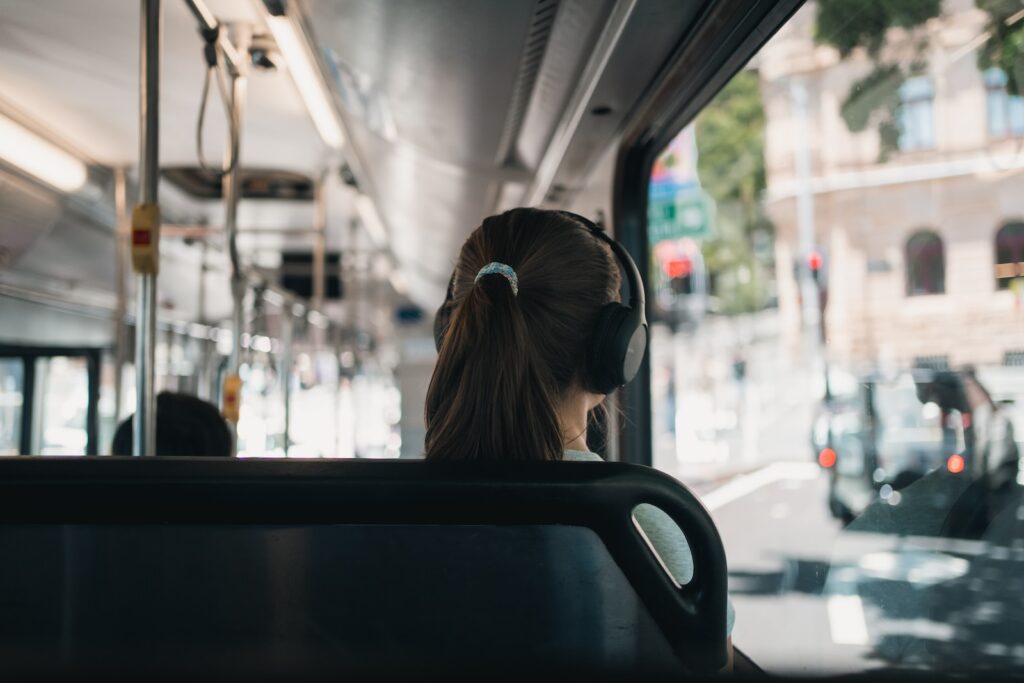
Another aspect of being alert and aware is understanding and following traffic rules and signals. Adhering to speed limits, stopping at red lights, and yielding to pedestrians not only keeps you safe but also contributes to the overall flow of traffic. By obeying traffic laws, you minimize the risk of collisions and create a safer commuting environment for everyone.
Furthermore, being alert and aware includes anticipating the actions of other road users. Predicting the behavior of drivers, cyclists, and pedestrians can help you proactively adjust your own actions to avoid potential conflicts. By staying observant and anticipating potential hazards, you can better protect yourself and make informed decisions on the road.
3. Use Well-Lit Areas
Utilizing well-lit areas is a crucial aspect of ensuring your safety during the commute. When darkness envelops the streets, it’s essential to be mindful of your surroundings and make informed decisions to minimize potential risks. Whether you’re walking alone or waiting for public transportation, prioritizing well-lit spaces can significantly enhance your safety. By staying within illuminated environments, you increase your visibility and reduce the chances of becoming a target for illicit activities.

During nighttime, it’s advisable to avoid taking shortcuts through dimly lit or secluded areas, as these can potentially harbor hidden dangers. Instead, opt for well-traveled routes, busy streets, and areas bustling with activity. Not only will this enhance your visibility, but it also acts as a deterrent for potential wrongdoers. Additionally, crowded areas provide a sense of security by virtue of the presence of other people.
Remember, your safety is paramount. By consciously selecting well-lit areas and populated routes, you are taking proactive steps towards safeguarding your well-being during the commute. Stay alert, trust your instincts, and prioritize personal safety at all times. By incorporating this essential tip into your commuting routine, you can navigate with confidence and peace of mind.
4. Secure Your Valuables
Securing your valuables is paramount to ensuring a safe and worry-free journey. With the hustle and bustle of busy transportation systems, it’s crucial to take proactive measures to protect your belongings from potential theft or loss. By implementing a few simple strategies, you can safeguard your valuables and minimize the risk of becoming a target.
Investing in a sturdy backpack or bag with secure closures is a wise choice. Opt for designs that offer extra layers of protection, such as hidden compartments or anti-theft features. These can act as a deterrent to opportunistic thieves looking for easy targets. Additionally, choose bags that are difficult to access without your knowledge, such as those with zippers or clasps that can be fastened securely.
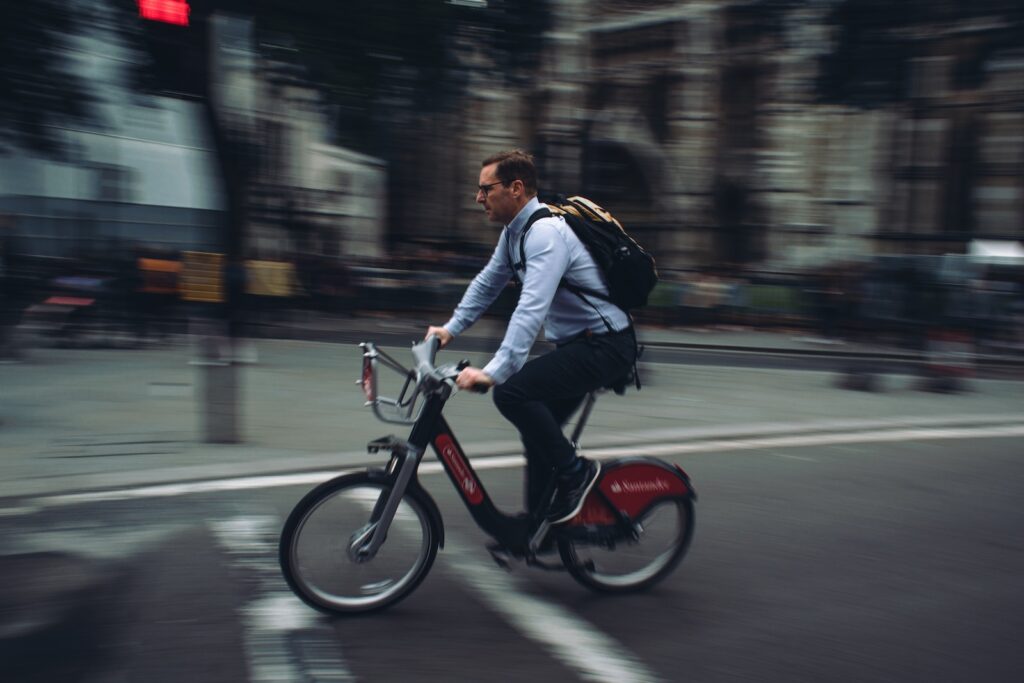
To further enhance your safety, avoid openly displaying expensive items like smartphones, tablets, or jewelry. Flashy accessories can attract unwanted attention and make you a potential target for theft. Instead, keep these valuables discreetly tucked away in your bag or pocket. If you need to use your electronic devices, do so with caution, ensuring your surroundings are safe and discreet.
By taking proactive steps to secure your valuables, you can minimize the risk of theft and protect your belongings during your commute. Implementing these commuting safety tips will not only provide peace of mind but also help you navigate through crowded spaces with confidence. Prioritize the safety of your possessions, and you’ll be well-prepared for a secure and stress-free journey.
5. Follow Traffic Rules
Following traffic rules is essential for your safety and the safety of others. Adhering to traffic regulations and signals helps create a harmonious environment on the roads and reduces the risk of accidents. By practicing responsible behavior and staying aware of your surroundings, you can make your commute a safer and more enjoyable experience.
First and foremost, it’s crucial to use designated crosswalks, sidewalks, and bike lanes whenever available. These designated areas are designed to provide a safe pathway for pedestrians and cyclists, separate from vehicular traffic. By utilizing these designated spaces, you can minimize the chances of collisions and ensure a smoother journey.
Additionally, obeying traffic signals and signs is vital. Stop at red lights, yield at intersections, and follow right-of-way rules. Being predictable and consistent in your movements helps other road users anticipate your actions, reducing the risk of misunderstandings or accidents.

To enhance your visibility, especially in low-light conditions, consider wearing reflective clothing or using lights on your bicycle. Reflective vests, jackets, or bands can significantly improve your visibility to drivers, making it easier for them to spot you, particularly during early mornings or evenings when visibility is compromised.
By following traffic rules, using designated paths, and making yourself visible to others, you can significantly enhance your safety during your commute. These commuting safety tips ensure that you can navigate through traffic with confidence and minimize the chances of accidents or incidents. Stay mindful of your surroundings, respect traffic regulations, and prioritize safety on every journey.
6. Stay Connected
When it comes to commuting, staying connected is an essential aspect of ensuring your safety and peace of mind. Having a reliable means of communication during your journey can make a significant difference in case of emergencies or unforeseen circumstances. By following this commuting safety tip, you can be prepared to handle any situation that may arise.
Carrying a fully charged mobile phone is crucial. It allows you to stay connected with others, whether it’s for emergencies, checking in with loved ones, or accessing information on the go. Make it a habit to charge your phone before each commute and keep a portable charger or power bank handy for extended trips.

In addition to a charged phone, it’s essential to store important contact numbers. Ensure you have emergency services programmed into your phone, including local police, ambulance, and fire department numbers. It’s also wise to have trusted contacts saved, such as family members, friends, or colleagues who can assist you in case of need.
By having these contact numbers readily available, you can quickly reach out for help if the situation calls for it. Whether it’s reporting an accident, seeking medical assistance, or simply notifying someone about a delay or change in plans, staying connected ensures that you can take appropriate action when required.
Remember to keep your phone easily accessible but secure during your commute. Consider using a hands-free option or a phone mount in your vehicle, and keep it in a secure pocket or bag if you’re walking or cycling.
7. Be Mindful of Public Transportation Safety
Public transportation systems can be crowded and dynamic, so it’s crucial to prioritize your well-being by following these essential commuting safety tips.
One important aspect of public transportation safety is to be mindful of your surroundings while waiting for your train or bus. Stand back from the platform edge, maintaining a safe distance to prevent accidental falls or collisions. Especially when the train or bus is approaching, exercise caution and remain aware of your surroundings.
While onboard, it’s advisable to hold onto handrails or grab handles provided within the vehicle. This helps maintain your balance and stability, particularly during sudden stops or when the vehicle is in motion. Be aware of your footing and adjust your position accordingly to ensure a firm stance.

When it’s time to board or exit the vehicle, exercise caution and be mindful of others around you. Avoid rushing and take your time to navigate the steps or platform safely. Be attentive to the closing doors, ensuring you have enough time to board or exit without getting caught or causing delays.
By being mindful of public transportation safety measures, you contribute to creating a safer environment for yourself and your fellow commuters. Remember, your well-being is of utmost importance, and by following these commuting safety tips, you can minimize the risk of accidents or injuries during your journey. Always stay alert, be respectful of others, and prioritize your safety at all times.
8. Practice Defensive Driving
By adopting a defensive driving mindset, you can minimize the risks associated with daily commuting and make your journey smoother and more secure.
One essential aspect of defensive driving is maintaining a safe distance from other vehicles. Keep a sufficient gap between your car and the vehicle ahead, allowing for ample reaction time in case of sudden stops or emergencies. This distance provides you with a buffer zone and reduces the likelihood of rear-end collisions.
Adhering to speed limits is another vital element of defensive driving. Observe the posted speed limits and adjust your driving speed accordingly to the road and traffic conditions. Remember, driving at excessive speeds not only increases the risk of accidents but also reduces your ability to respond effectively to unexpected situations.
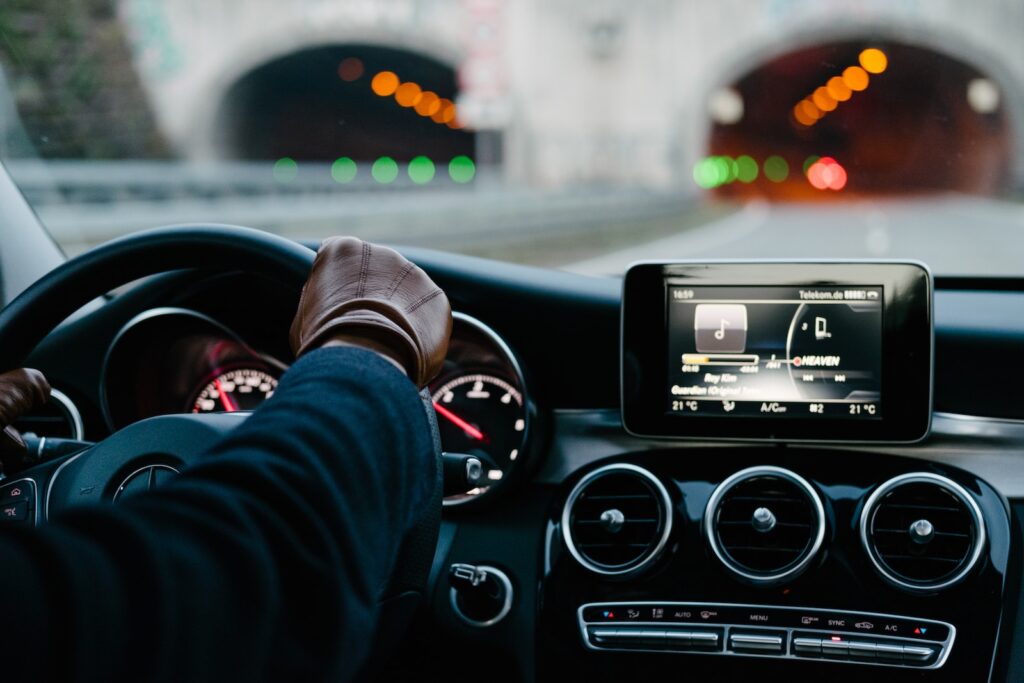
Using turn signals when changing lanes or making turns is an important defensive driving practice. Signaling your intentions alerts other drivers of your actions, promoting better communication and reducing the likelihood of collisions. Always check your mirrors and blind spots before changing lanes to ensure it is safe to do so.
Staying focused and avoiding aggressive maneuvers are key principles of defensive driving. Minimize distractions inside the car, such as using mobile devices or engaging in activities that divert your attention from the road. Maintain a calm and composed demeanor, allowing yourself to respond calmly to challenging situations and avoiding aggressive behaviors that can escalate tensions on the road.
Lastly, practicing anticipation is essential for defensive driving. Stay aware of your surroundings, scan the road ahead, and anticipate potential risks or hazards. By staying one step ahead and proactively adjusting your driving approach, you can mitigate potential dangers and make informed decisions.
9. Trust Your Instincts
Our intuition often serves as a powerful tool, providing us with valuable insights and warning signals that can help us navigate potentially risky situations. When it comes to commuting, it’s essential to listen to your instincts and take appropriate action to prioritize your well-being.
If you ever find yourself feeling uncomfortable or sensing potential danger, it’s crucial to trust those feelings and remove yourself from the situation. Your intuition is finely attuned to subtle cues and can alert you to potential risks that may not be immediately apparent. Whether it’s a poorly lit street, a group of individuals exhibiting suspicious behavior, or a sense of unease in a particular environment, honor your instincts and take steps to ensure your safety.

One key aspect of trusting your instincts is being aware of your surroundings. Stay vigilant and observe your environment, noting any unusual or out-of-place elements. If something feels off or raises red flags, don’t ignore it. Instead, consider altering your route, seeking a more populated area, or notifying the appropriate authorities if necessary.
Trusting your instincts allows you to make informed decisions that prioritize your well-being above all else. It’s important to cultivate a sense of self-trust and confidence in your judgment when it comes to commuting safety. By honoring your instincts, you empower yourself to take proactive measures and avoid potential risks.
Conclusion
By following these nine essential commuting safety tips, you can enhance your personal safety and protect your well-being during your daily journey. Remember, preparation, awareness, and cautiousness are key to a secure commute. Prioritize safety and make each trip a smooth and worry-free experience. Stay safe out there!
FAQ
What are the safety tips for commuting?
The safety tips for commuting include planning your route, being alert and aware of your surroundings, using well-lit areas, securing your valuables, following traffic rules, staying connected with a charged phone, being mindful of public transportation safety, practicing defensive driving, and trusting your instincts.

